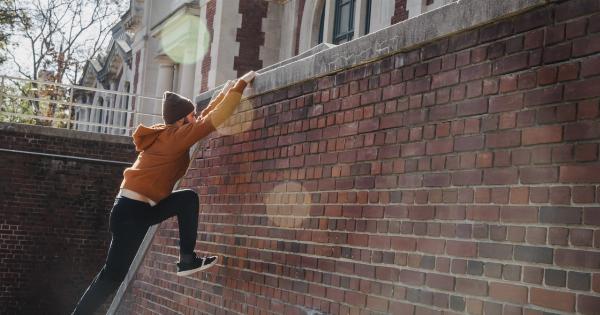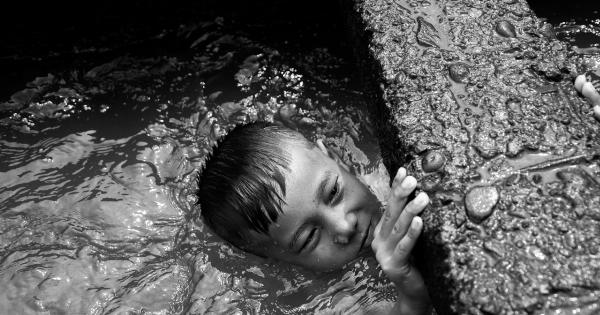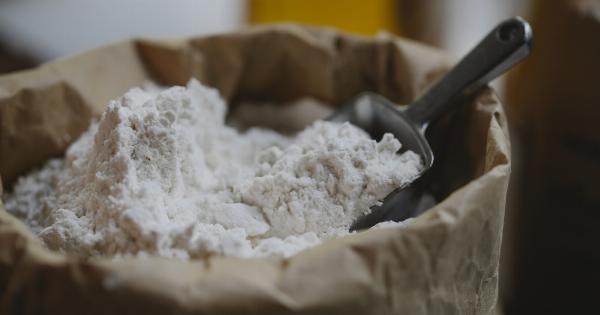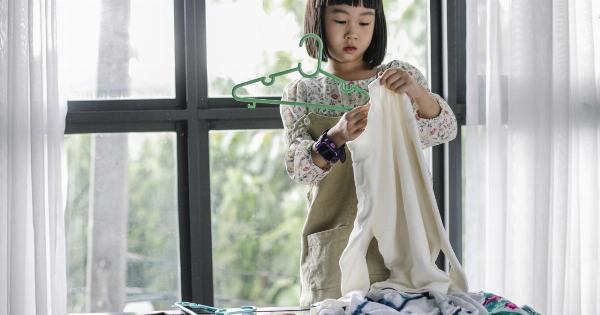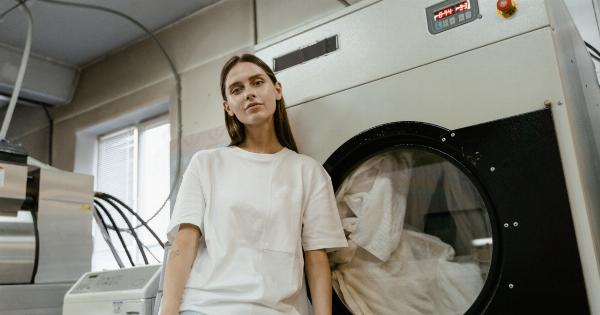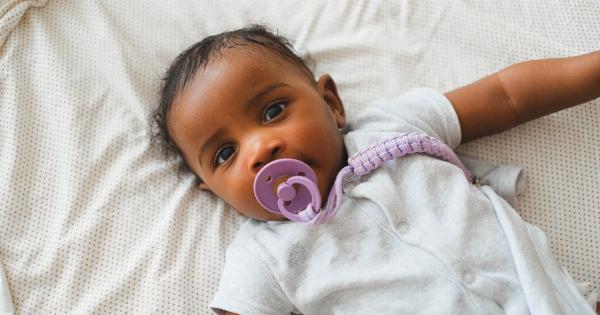Infant swings are a popular item for parents to have, allowing them to put their babies to sleep or provide them with a soothing movement.
However, the convenience and comfort of infant swings come with several hazards that can pose a threat to the baby’s safety. Understanding these hazards can enable parents to take necessary precautions when using infant swings and ensure their child’s well-being.
Strangulation Hazard
One of the most significant hazards associated with infant swings is strangulation. The baby’s head can become trapped in the swing’s spaces, leading to suffocation or other serious injuries.
The American Academy of Pediatrics has recommended that parents should not use swings that have large spaces between the seat and the frame to prevent the infant’s head from becoming stuck.
Tip-Over Hazard
Infant swings also pose a substantial risk of tipping over. The swing’s design creates a high center of gravity that can easily tip over, leading to severe injuries.
The National Electronic Injury Surveillance System (NEISS) has reported several cases of infants suffering from head injuries or concussions due to swing tip-over. Parents should ensure that the baby is securely strapped in the seat and that the swing is placed on a flat and stable surface.
Fall Hazard
Another potential hazard associated with infant swings is the risk of falls. Infants can slip out of the swing seat while it is in motion, leading to serious injuries.
Parents should ensure that the straps are securely fastened to prevent the baby from slipping out of the seat. Additionally, parents should use the swing only on a flat and stable surface to prevent any accidents.
Electric Shock Hazard
Electric swing models come with a risk of electric shock. Infants may chew on the wires, leading to electrocution or burns. Parents should ensure that the swing’s electrical components are covered and out of reach of the baby.
Additionally, parents should inspect the swing regularly for any damages to the wires or other electrical components.
Overheating Hazard
Infant swings can also pose a risk of overheating. Continuous use of the swing can lead to the baby becoming uncomfortably hot, which can result in dehydration or heat exhaustion.
Parents should limit the time an infant spends in the swing to prevent overheating. Additionally, parents should ensure that the baby is dressed appropriately for the environment’s temperature.
Allergic Reaction Hazard
Infant swings can come with materials that can cause an allergic reaction in infants. Chemicals in the materials can irritate the baby’s skin and eyes, leading to itching and discomfort.
Parents should ensure that the materials used in the swing are hypoallergenic and reduce the risk of an allergic reaction.
Choking Hazard
Infant swings can come with small parts or toys that can pose a choking hazard. Parents should ensure that the toys or small parts are securely attached to the swing and prevent infants from putting them in their mouths.
Additionally, parents should keep toys or small parts that can pose choking hazards out of reach of the baby when not in use.
Use of Second-Hand Swings
The use of second-hand infant swings poses additional safety risks compared to the use of new swings. Used swings can have several damages that can impact the baby’s safety and comfort adversely.
Parents should inspect any second-hand swings thoroughly, ensure that the manufacturer’s warranty is still valid and confirm that it meets the safety standards set by relevant authorities.
Conclusion
Infant swings provide parents with a comfortable and convenient way to soothe their babies. However, the use of infant swings also poses several hazards that can threaten the baby’s safety and well-being.
Understanding and mitigating these risks can enable parents to use infant swings safely and keep their babies safe from harm.







